China has escalated its export control regime over rare earth elements and related processing technologies, imposing new licensing restrictions and explicitly targeting overseas defense and semiconductor users. The move reinforces Beijing’s strategic use of its dominant position in the rare earth supply chain at a moment of intense geopolitical competition.
Expanded Controls and New Restrictions
The latest measures sharpen rules first introduced earlier this year and broaden their scope in several key ways:
- Defense sector exclusion: Export licenses will no longer be granted to foreign military or defense-related users.
- Semiconductor scrutiny: Applications linked to advanced semiconductors will be evaluated on a case-by-case basis, adding uncertainty for chipmakers relying on rare earth inputs.
- Technology and equipment curbs: Exports of rare earth recycling equipment and magnet manufacturing tools now require licenses, expanding controls from raw materials to critical midstream tech.
- Collaboration oversight: Chinese firms collaborating abroad on rare earth projects will need prior government approval.
- Trace-element licensing: Products or components that incorporate Chinese-sourced rare earth materials—however small the share—may be subject to export licensing requirements.
China already controls more than 90% of the world’s processed rare earths and the technologies to make magnets. These resources are essential for electric vehicles, high-performance electronics, defense systems, radar arrays, and advanced weaponry.
Strategic Motives and Geopolitical Leverage
Analysts view this tightening as a calculated effort to bolster China’s negotiating position ahead of high-level meetings with the United States. With a face-to-face summit between Presidents Xi Jinping and Donald Trump looming, Beijing appears to be reasserting its leverage in critical supply chains.
By raising the cost, complexity, and political risk of accessing rare earths, China may seek concessions on tariffs, trade terms, or technology cooperation. The move also underscores Beijing’s framing of rare earth exports as a matter of national security rather than purely commercial policy.
Ripple Effects Across Industries
The impact of these controls will likely be felt in multiple sectors:
- Automotive & EV manufacturers: Many electric motors and drivetrains depend on powerful rare earth magnets. Earlier restrictions caused bottlenecks and increased procurement costs.
- Semiconductor and electronics firms: Supply chains for chips, sensors, and advanced electronics may see delays or price pressures, especially where rare earth alloys or compounds are necessary.
- Defense and aerospace: Systems such as radar, precision guidance, and electronic warfare components often rely on rare earth materials. Exclusion from export licensing raises strategic uncertainty for defense procurement worldwide.
- Emerging magnet makers outside China: Companies in the United States, Europe, India, and elsewhere have been investing to build alternative capacity. These new rules accelerate that push but also raise barriers for equipment sourcing and cooperation.
In India, for example, manufacturers have already begun testing non-Chinese electric vehicle motor designs to reduce dependency.
Global Responses & Strategic Countermeasures
The ascent of China’s export constraints has provoked strong reactions:
- Western governments’ alarm: Countries heavily reliant on Chinese rare earths warn of supply vulnerability and push for more diversification.
- EU political pushback: European lawmakers have criticized China’s actions as coercive and unfair given its quasi-monopoly on many rare earth processes.
- G7 deliberations: Major powers are considering coordinated responses such as minimum price floors, supply chain incentives, or tariffs on Chinese exports of strategic minerals.
- Supply chain restructuring: Corporations are accelerating efforts to relocate processing capacity, invest in alternative sources, and buffer exposure to Chinese supply risk.
Some automakers and component-makers are already adjusting. Reports show rare earth magnet users are ready to pay premium prices for ex-China supply, and new manufacturing initiatives are underway in non-Chinese jurisdictions.
Challenges and Uncertainties
However, significant hurdles remain:
- Opaque licensing system: China’s export licensing process is secretive, and many foreign firms report difficulties securing permits even for non-sensitive uses.
- Enforcement logistics: Monitoring the flow of materials, especially when embedded in components or recycled, poses enforcement difficulties.
- Short-term supply disruptions: Sudden rule changes may cause immediate supply gaps before substitute production capacity is scaled.
- Risk of retaliation: Countries affected may respond with countermeasures, trade restrictions, or attempts to challenge China’s policies in international forums.
- Long timeline for alternatives: Building independent rare earth processing and magnet production is capital-intensive, technically complex, and slow to mature.
Bigger Picture: Strategic Resource Politics
China’s shift reinforces the reality that rare earths are not just industrial inputs—they are strategic leverage. Control of these materials confers influence over the technology ambitions of rivals, from electric mobility to defense systems.
It also highlights a deeper structural challenge: most countries remain heavily dependent on Chinese processing capacity. Simply having raw ore elsewhere is insufficient without separation, refining, and magnet manufacturing capability. External efforts to build alternative supply chains may take years or decades to fully offset Chinese dominance.
Looking Ahead
Over the coming months, the success of these controls will depend on China’s ability to manage export licensing smoothly, avoid provoking widespread supply collapse, and leverage the policy as a diplomatic tool. Meanwhile, global manufacturers and governments will test whether new strategies can reduce critical dependencies on Chinese rare earths.
If China’s tightening stance endures, industries from auto to defense must adapt fast—or risk being caught off guard.

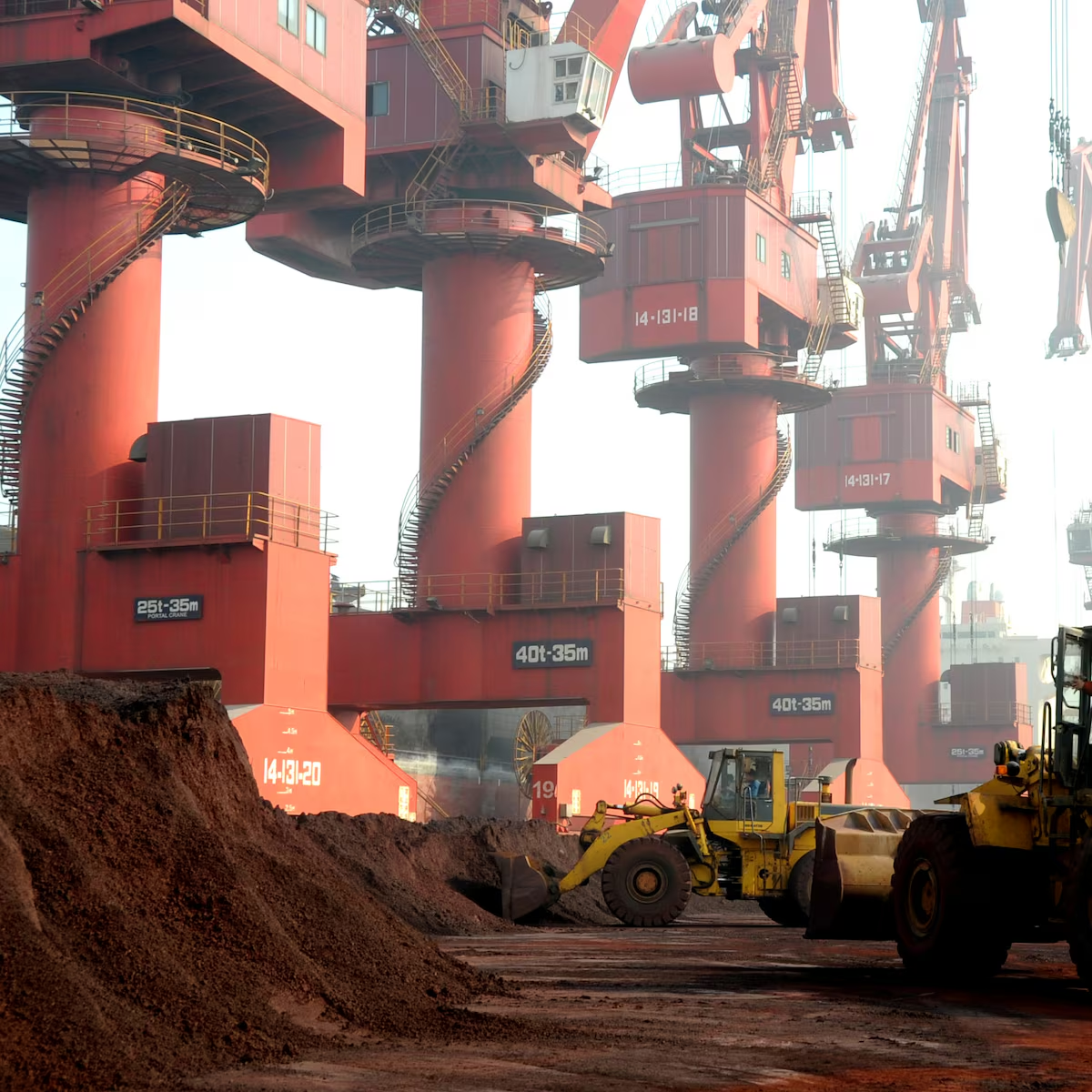


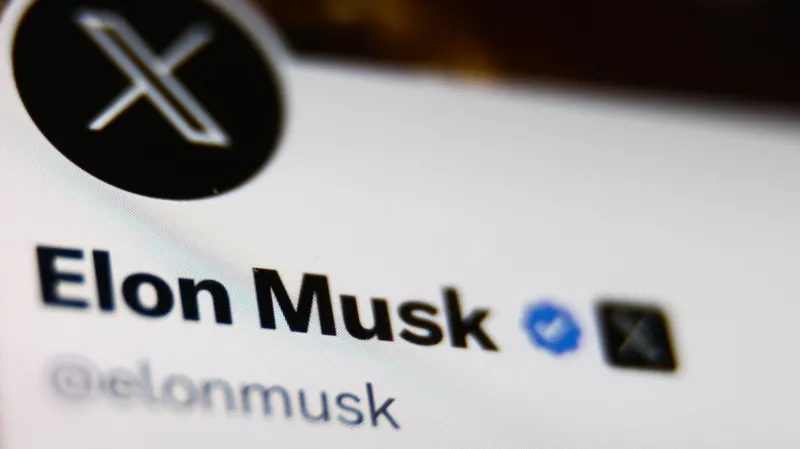
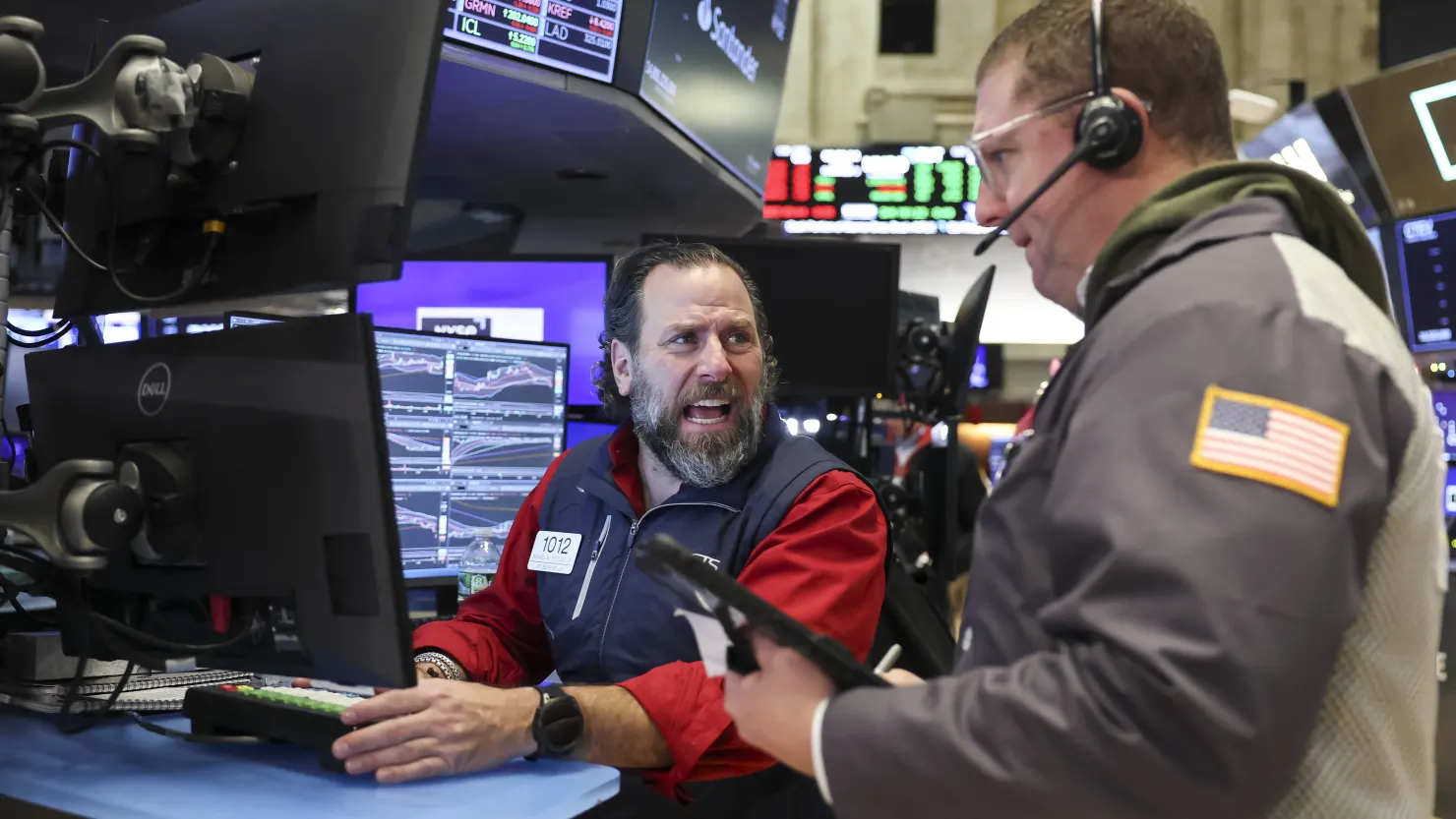



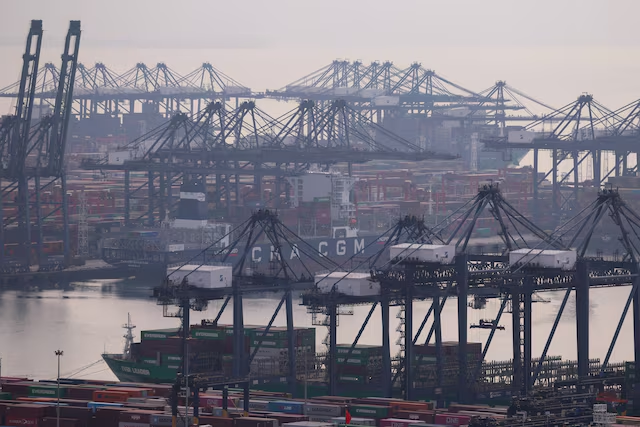
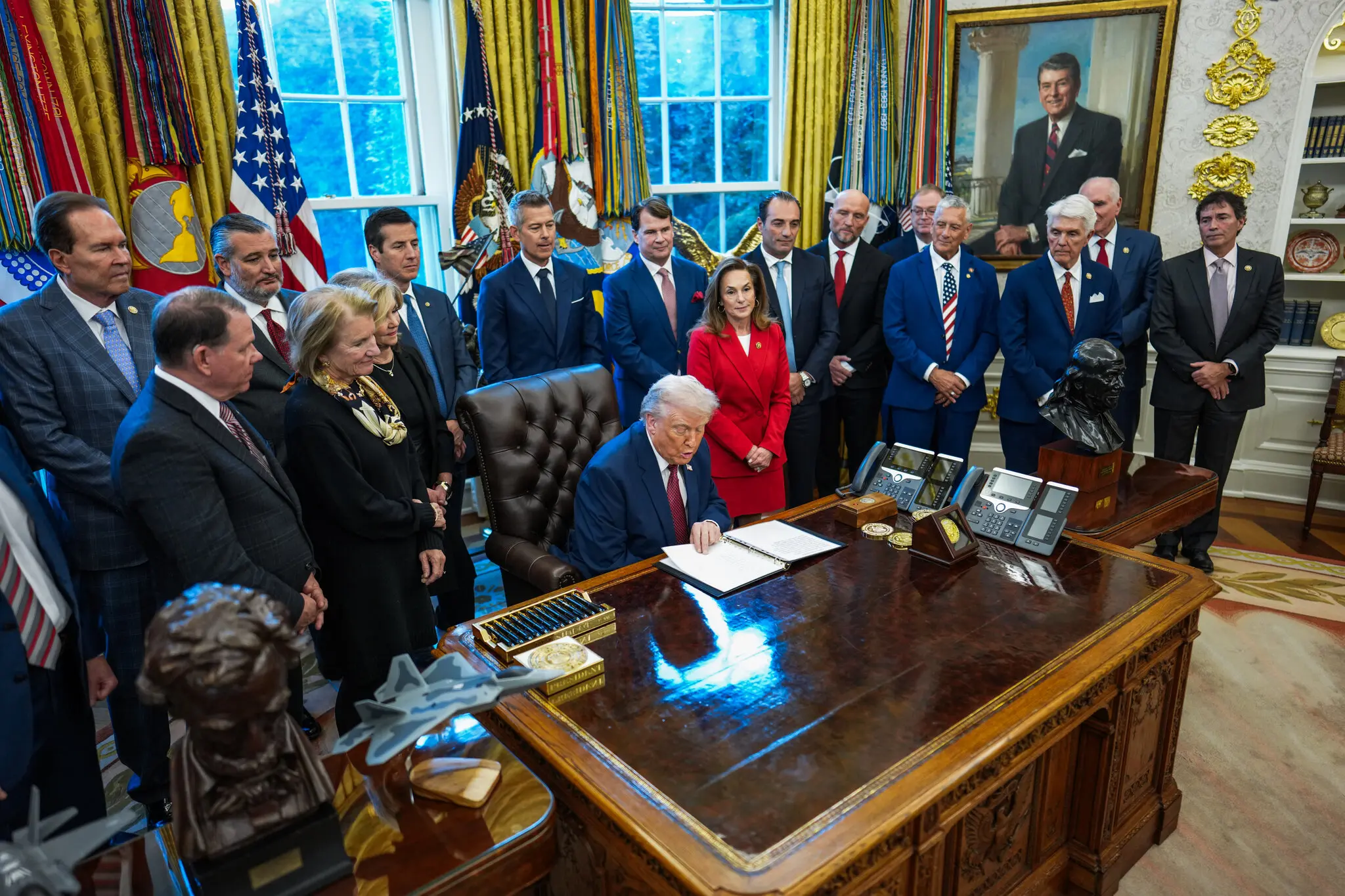

Leave a Reply